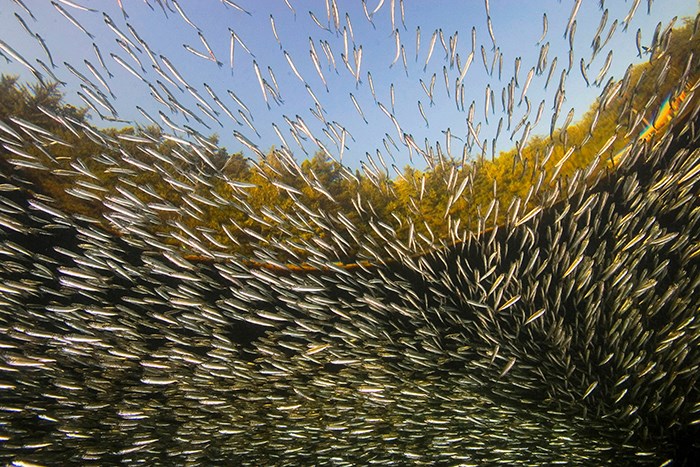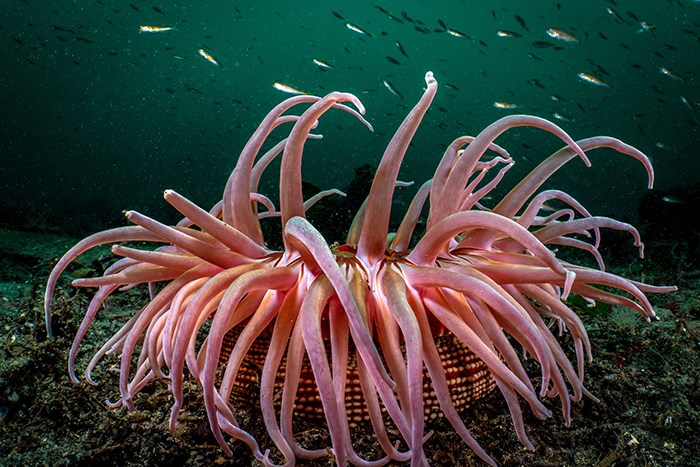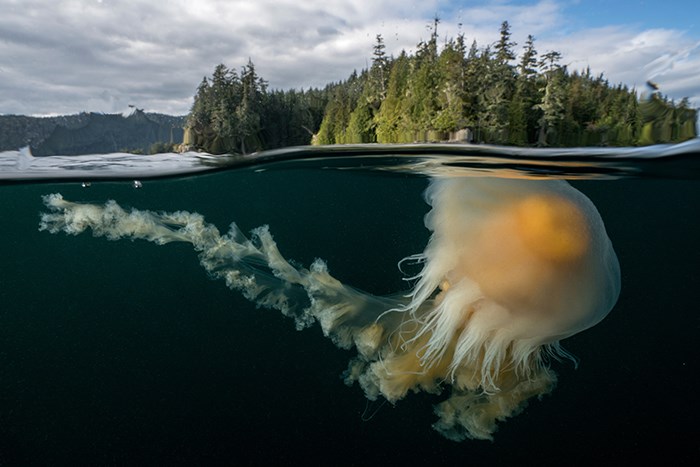An environmental group is asking the United Nations to give the waters around Squamish a special designation reserved for the likes of the Great Barrier Reef and the Egyptian pyramids.
The Salish Sea Trust has submitted an application to the United Nations Educational, Scientific and Cultural Organization (UNESCO) that, if granted, would designate the Canadian half of the Salish Sea a world heritage site.
“[You’d be saying you’re among] the best of the best in the world, with outstanding universal value,” said Laurie Gourlay, head of the Salish Sea Trust. “You’re suggesting you’re looking to protect those values for all of humankind, forever if you can.”
The Salish Sea includes the waters surrounding the Lower Mainland, Vancouver Island and the northwestern portion of Washington State.
The special designation would help preserve the area’s environment and wildlife, as well as important First Nations cultural sites, Gourlay said.
While UNESCO will not have any legal methods of ensuring the area is preserved, the organization has the power to remove a world heritage site designation.
This can be powerful leverage that can be used to push governments into upholding environmental standards.

Once a place is declared a world heritage site, the tourism and service industries around the area often benefit from its newfound prestige, Gourlay said.
As a result, governments may be more inclined to preserve their environments to maintain their UNESCO status, he said.
“Usually there’s reluctance from governing authorities to kill the golden goose,” said Gourlay. “The world heritage site designation being removed would create questions to the government and tourism as to whether this is a good place to go. That holds a lot of weight.”
Gourlay said this pressure is what helped preserve the environment around Mount Arrowsmith on Vancouver Island, which is contained within a UNESCO biosphere reserve.
UNESCO raised concerns about nearby developments, prompting officials to act, he said.
“They said they were going to remove [the UNESCO designation], and simply by saying that, the local government suddenly paid attention.”
Housing development plans were then changed to abide by the organization’s guidelines.
It’s Gourlay’s hope designating the Salish Sea a world heritage site will force authorities to address issues facing the 113 threatened species in the area.
For example, the population of the southern resident orca whale is dwindling, which could be a warning that further environmental challenges await.

“They’re almost like a canary in the coal mine,” he said. “If you see them starting to have trouble, you recognize the health and sustainability of the whole ecological system of the Salish Sea needs some attention.”
Gourlay has not been alone in his efforts.
Two local National Geographic photographers have also lended their support to the cause.
Cristina Mittermeier and Paul Nicklen are working with Gourlay to create dialogue with First Nations and B.C. residents about the application.
“The future of our home and its place in the broader marine and terrestrial environment, local and international economy, as well as local cultures and society could be a great deal more secure if this application is successful,” said Mittermeier in a press release.
An application to UNESCO has already been submitted, but the Salish Sea Trust is still soliciting supporting letters from the general public at wearethesalishsea.eco.
If successful, the entire application process can take between five and 10 years.




